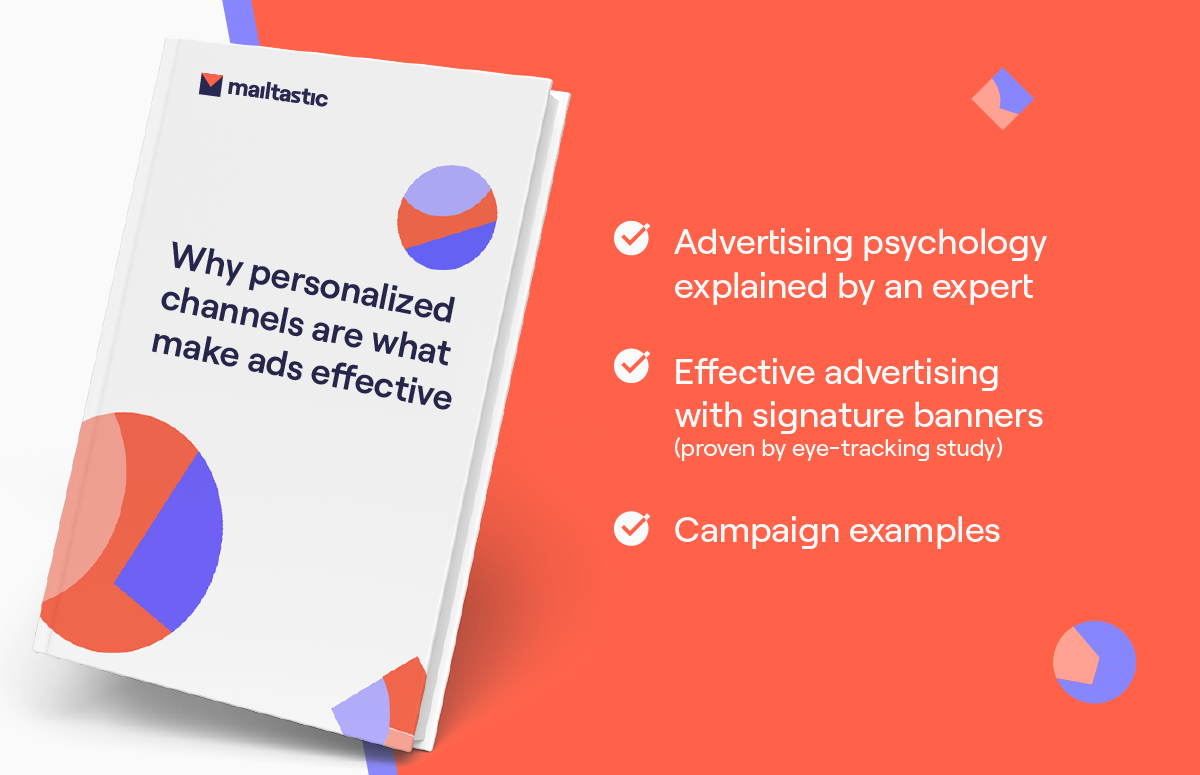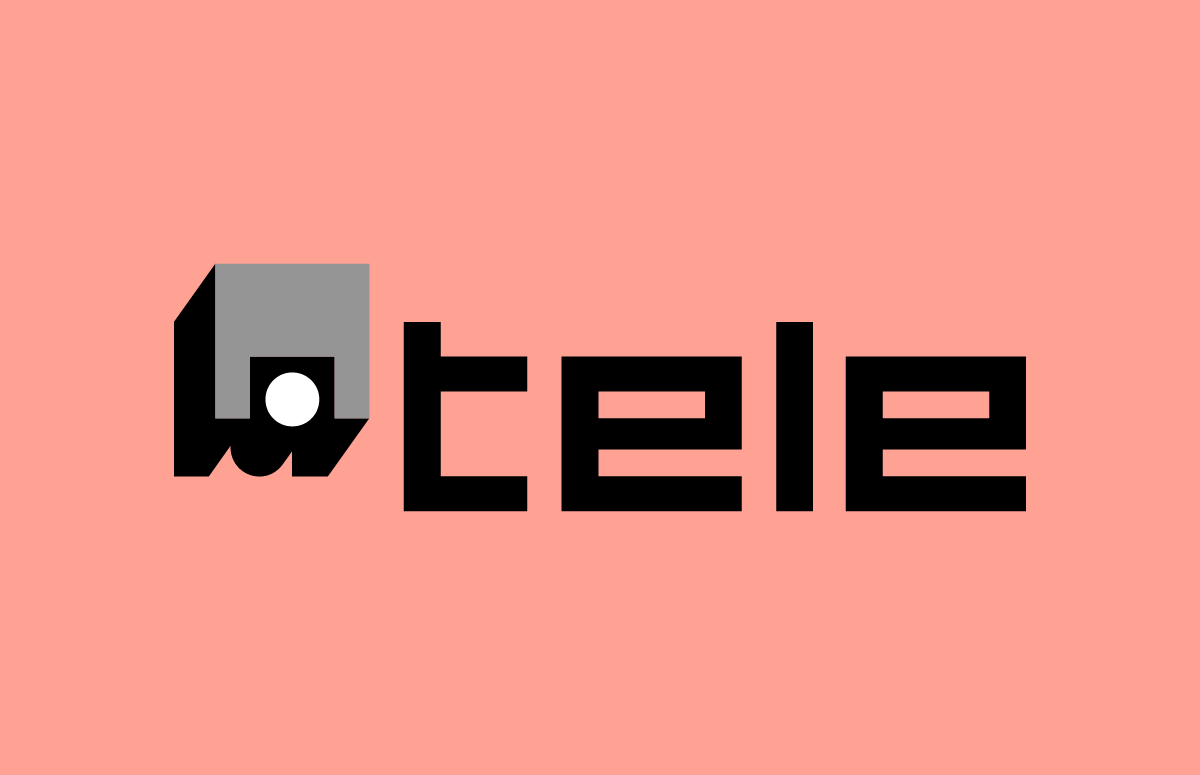The beginner’s guide to B2B content marketing
Head of Marketing at Turtl, Karla Rivershaw, gives us the lowdown on B2B content marketing and how best to get your quest started.
The 7 things we'll be covering
- What B2B content marketing is and why it’s important
- How to define and reach your audience
- Style and tone in B2B content marketing
- How to create an effective B2B content marketing strategy
- Different content types (and how to use them)
- How to improve and amplify your content
- B2B content marketing tools
The basics
What is B2B content marketing?
B2B content marketing is the main way B2B companies generate brand awareness and create demand. Seen in many forms and distributed via many channels, it normally involves a combination of text and imagery that create and further the relationship between the business and their audience.
Why does B2B content marketing matter?
So much of the buyer journey is taking place online, separate to sales people. As a result, the content that businesses put out there is massively important. It’s the main way a business can start to build trust and cultivate a relationship with their audience. Producing consistently high-quality, engaging content will keep your audience coming back for more.
Unlike with B2C, B2B content marketing deals with businesses and the decision makers within those businesses. This means that the stakes are higher when making purchasing decisions than they might be for B2C. So it's extremely important that B2B businesses present themselves as being a safe, reliable, option. And one of the best ways of doing so is consistently delivering high-quality content.
But, as much as high-quality content is crucial, we don’t want a preoccupation with professionalism to limit us. We don’t want a perceived “B2B style” to stop us from creating content that feels human and that strikes an emotional chord with our audience. We can afford to be more playful with B2B content marketing, and to welcome in some more creative marketing tactics into our world.
Audience
How can I define my audience?
Segmenting your audience into personas is a popular way of doing things. B2B businesses often target multiple personas. So it’s worth prioritising them, particularly as you’re starting out. That way you can focus on the key personas you want to target as part of your initial content marketing efforts.
At Turtl, we break our audience down into the groups of people who have power over whether your product or service will be purchased. So these might be:
- The decision makers. These people have the final say on whether your product/service should be purchased).
- The influencer network. These people are more junior than the decision maker and will create internal demand for your product.
- Senior influencers. These people could be the manager of the decision maker, the finance director, or even the CEO.
The job of the content marketer is to cater their messaging to these different groups. The decision maker and the influencer network are probably a good place to start.
The influencer network tends to be the people doing the research on your brand and trying to find solutions for a problem they have. That means the content that you produce for them is more likely to be top of funnel.
The decision maker content, on the other hand, is more likely to be middle to bottom of funnel. It'll involve helping that decision maker reach the conclusion that they need to buy your product to meet their needs and challenges.
How can I map content to my audience?
When looking at the buyer journey and the audiences you’re going after, you can get pretty specific. Turtl have identified 11 stages of the buyer journey, each with their unique considerations for content requirements. But, when you’re starting out, it's best to keep things super high-level. Then you can fill in the gaps later. The best way to do this is to break your buyer journey down into three stages:
- Top of the funnel
- Middle of the funnel
- Bottom of the funnel
Focus on how to attract people to your brand. Then educate them on the problem they have and offer them a solution. This approach will give you the foundations you need to hone your content mapping in the future.
A quick word on messaging...
Make sure your messaging resonates with the particular person or group of people you're targeting.
A good place to start is with the influencer network. It’s quite easy to get into the mind of the influencer and think about why they’re searching for the content and what challenge they are looking to solve.
This will probably be something quite trivial in the list of business priorities , but something that's significant to an individual performing their day-to-day tasks. An example of this would be: "How can I produce content faster?"
Then, when it comes to the decision maker, you have to take it up a notch. Think about the specific challenges they have and how they might differ from the influencer network. These will probably be executive level concerns, such as: "How can I prove marketing's ROI?"
Speaking to customers and prospects is the best way to discover the most prominent challenges in their daily lives. You can supplement this with keyword research and creating content to combat the challenges found at different stages of the sales funnel.
Style
Balancing a unique style with searcher intent
Successful content marketing isn't about keyword stuffing for the sake of SEO optimisation. In fact,
Google can spot keyword stuffers from a mile away and will penalise you for it, so don’t be tempted.
Instead, you have to consider the reader experience and have a unique tone of voice.
That means it's more effective to write naturally, using a clear and consistent tone of voice throughout that reflects your brand. If you do this, you’ll be viewed far more favourably both by Google and, crucially, your readers. They’ll be a lot more likely to return to your site and engage with other content on there.
At Turtl, we take pride in the fact that we’ve established a very consistent, playful tone of voice on our site. This differentiates us from other B2B brands who take a more serious approach. A lot of the content on our blog ranks well because it hasn’t been written solely with keywords in mind. We write content that we believe people will find engaging. And as a result, they’re more likely to search for those terms.
Strategy
What is a B2B content marketing strategy?
- The objectives of your content marketing programme
- The audience you’re targeting
- The pain points you’re looking to address
- The types of content you need to create
- The distribution plan for that content
- The metrics that will be used to measure the success of those activities
Having a well-thought out plan for what you’re doing, why you’re doing it and how it’s going to benefit the business is crucial. It means you can justify why you're producing the content and make a case for it when budgetary decisions are made. This is especially important when you consider marketing is scrutinised more closely than most functions in a business.
It's worth pointing out...
There’s a difference between content marketing strategy and content strategy. Content marketing strategy is generally limited to marketing activities.
Content strategy, on the other hand, is the how and the why for your business’ entire content ecosystem. It’s way more cross-functional than something solely relating to marketing concerns. It defines and prioritises what needs to be created, updated and overhauled across every customer touchpoint. This is a key distinction to bear in mind!
How do I create a B2B content marketing strategy?
There’s so much to consider here, so I’m going to go through four key stages which are all really important when it comes to creating an effective B2B content marketing strategy.
- Who
First and foremost, you need to be clear on who your content is for. As we discussed earlier with buyer journey mapping, you need to have a really clear understanding of the personas you're targeting. This will influence the type of content you produce and your distribution channels.
- Why
Once you've documented who you're targeting, you need to start mapping out your goals. It’s always a good idea to map this back to any overarching marketing or business goals.
Before you start mapping out specific pieces of content you need to produce, make sure you’re clear about what you’re setting out to achieve. Is it brand awareness, is it lead gen, is it sales enablement…?
This will help you to identify the stages of the buyer journey that you are looking to support. And remember… it might not be feasible to support all of the stages from the beginning.
To start, you could focus your efforts on a couple stages. For example, some top of funnel activity to create brand awareness and engagement. Then some bottom of funnel activity for sales enablement.
Once you’re clear on which parts of the funnel you're going to support, you’ll have a much clearer idea of the sort of content that’s required.
At the top of the funnel, you might want to think about producing blog posts, social media content or videos. At the bottom of funnel, it might be case studies, business proposal documents or customer testimonials.
- Where
Once you know what you’re planning to publish, you can start thinking about which channels are best for distribution. This will be informed by your persona research.
Go back to your target audience and ask yourself where these people are hanging out. This will give you the answer about where’s best to publish your content. For example, if you’re creating a blog post, it might be best going out on social media. And perhaps you could also incorporate it into an email newsletter.
Make sure your content is seen by the people you want it to be seen by. Wherever your target audience is, that’s where you want to prioritise.
- How
A lot of content marketers often stop short of this step, but it’s one of the most critical parts of content marketing.
Now you have a clear idea of who you’re targeting, what you want to achieve, what you plan to produce and where you're going to push it, you need to set goals for individual content pieces. So if you’re planning to create a blog post, what are you trying to achieve? Is it the number of reads, ranking for particular keywords, backlinks…?
This is crucial because it provides a feedback loop. And without setting specific goals, there’s no way of judging whether or not a piece of content has been successful. If it has been successful, you can do more of it. If it hasn’t, it’s time to tweak it, optimise it, or completely overhaul it until you find a better formula.
Content types
Is blogging everything?
Sure, blogging should be a part of your thinking. They're a great way to test if there's demand for what you're talking about. But if you get loads of engagement on a particular topic, you should be thinking about repurposing. For example, you could write a report off the back of a popular blog, create an infographics or host a webinar. The list is endless. So don't let your blog be the beginning and the end of your thinking.
Improving & amplifying your content
How to use organic and paid
There are so many options when it comes to promoting your content. But organic social is maybe the most obvious.
It's great because it’s free and it can be really effective. That is, if you do it right. At Turtl, organic social is the channel that has influenced the most number of deals out of all the channels that we use.
That's because we use the people within our company to amplify our content. We take this approach because people buy from people. So using everyone on your payroll as an influencer is one of the most time and cost effective tactics to promote your content.
Promoting other people's content also helps to build trust with your audience. That's because it helps position your company as thought leaders, rather than as sales people exclusively pushing branded content.
If you have a limited database, though, organic alone just won't cut it. That means you need to be thinking about paid tactics too. Here are some of the best places to start out:
- Third parties
Building up credibility on Google and ranking for certain keywords is a long game. Over time, you'll build that organic traffic to your site. But if you are looking for quicker wins, using third parties is a really effective way to do it.
This year at Turtl, we’ve worked with a third-party vendor on a webinar at least once a month. We’ve been building relationships with vendors who have access to an audience similar to an audience we would like to reach. From there we can promote webinars or other pieces of content we’re working on, and thus increase our reach.
Our database is pretty good at this point but it can always be better. It’s really worthwhile to add new data into the mix; otherwise you’re just marketing and remarketing to the same pool of people. This is only going to get you so far.
- Industry publications
If you have a really specific job title or industry that you’re focused on, there might be industry publications out there that you can partner with to help amplify your message and content.
This is a really good channel for advertising as you can get super granular in terms of who you’re going after, right the way down to individual brands if you want to do something a bit more ABM-focused.
Metrics
What should you be tracking?
It’s so important to look beyond simple vanity metrics when measuring whether content is successful. Vanity metrics are ones which just don’t dig deep enough and only tell you part of the story. A lot of content marketers will use metrics like impressions, clicks, or downloads to measure whether content is successful. But are these really the most accurate metrics to determine success?
Take downloads, for example. A download doesn’t actually tell you whether a person has read the content. It tells you that they downloaded it, yes. But perhaps they opened it and then closed it straight away without reading any of it. Or perhaps they opened it, planned to come back to it later but never did.
We really need to dig deeper. We need to understand how people are reading that content, whether there were certain parts that they engaged with more than others, at which point they bounced off, whether they interacted with any of the elements within it…
These are the sorts of things that will help you to figure out whether what you’re doing is working or not, or indeed whether there are specific parts which readers engaged with more and so might warrant a spin-off piece of content. But you won’t know any of this crucial info if you only place emphasis on these vanity metrics.
Tools
Starting your B2B marketing journey
Every content marketer needs a toolkit to do their job properly. But this doesn't need to be overly complex. Google Docs is a great way to create and collaborate on content. And the trusty Excel spreadsheet is helpful for strategy and planning.
After that, there are lots of other tools you could potentially look at, such as:
- BuzzSumo. This is great for helping you figure the kind of content that's out there and what's popular, as well as giving you some ideas of what you might want to write about.
- Canva. This is a tool we use a lot. It's brilliant for creating beautiful promotional materials like social cards or email banners without a designer.
- Turtl. We produce lovely interactive content, far more interesting than the pdf. And you’re able to track and measure exactly how people are actually reading your content beyond downloads, as well as having the ability to personalise that content as well.
B2B content marketing examples
Turtl has a host of customers doing some really cool stuff in terms of B2B content marketing. For an example of some great, high-impact content, check out this from Cognizant: After The Virus.
HP also did an amazing campaign a few years ago with Christian Slater called ‘The Wolf’.
If you're still thirsty for more, here are four other examples of top-notch B2B content marketing.
For more B2B content marketing tips, check out the posts below


